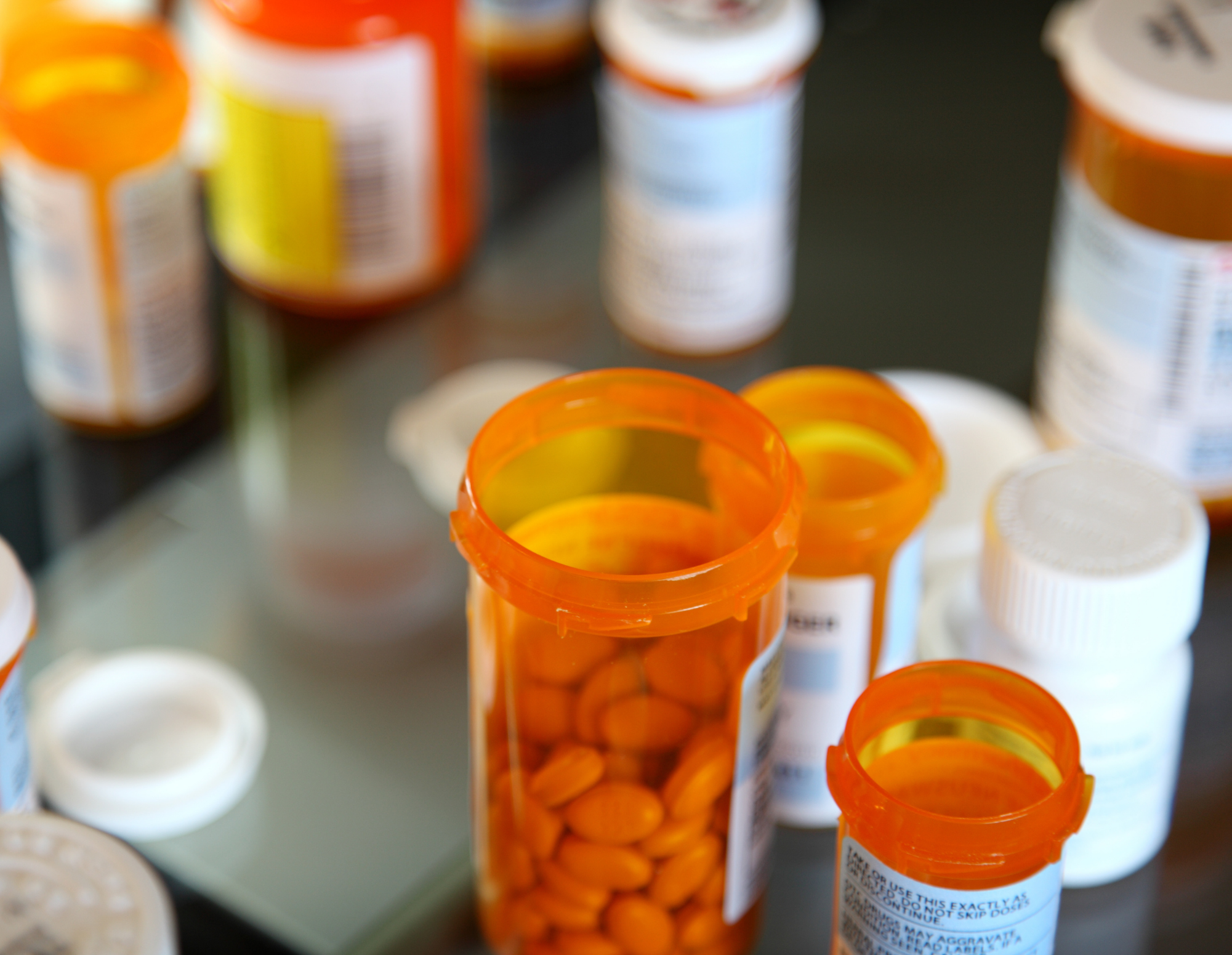Medicare Part D provides prescription drug coverage for our nation’s seniors and Americans with disabilities. These beneficiaries can opt to enroll in Part D and pick from a variety of plans offered. Part D plans are private plans approved by the government that competitively bid against one another and negotiate with manufacturers to secure lower prices on medicines in the form of rebates and other discounts.
Here are three facts about the Part D program you may not know:
1. As a result of Part D, nearly 90% of Medicare beneficiaries have comprehensive drug coverage, amounting to more than 47 million beneficiaries in 2020. And since Part D’s inception, seniors enrolled in a Part D plan have experienced beneficial health outcomes, including an 8% decrease in hospital admissions, a 2.2% reduction in risk of mortality and an 18.3% decrease in non-emergency Emergency Department visits for seniors. In fact, more than 9 out of 10 Part D enrollees are satisfied with their coverage.
To ensure seniors and people with disabilities have access to treatments for serious and debilitating diseases, all Part D plans are required to cover “all or substantially all” medicines in six classes and categories. These six protected classes include anticonvulsants, antidepressants, antineoplastics, antipsychotics, antiretrovirals and immunosuppressants.

2. Part D beneficiaries have a variety of plans to choose from, ranging from 24 to 32 options in each state. Using the Medicare Plan Finder, beneficiaries are able to search and select the plan that works best for them during open enrollment. They can compare different plans to see which ones cover their prescription and what their out-of-pocket costs would be for the year. More than 80% of beneficiaries indicate that having a variety of plans to choose from is important to them.

3. Medicare Part D drug spending, including brand medicines and generics, made up just under 11% of Medicare spending in 2019. Medicare Part D spending growth per enrollee has been stable over time, increasing just 0.3% between 2010 and 2015. One way Part D works to control costs for seniors is through the high utilization of lower-cost generics. Before Part D, seniors used generic medicines at low rates, with about 54% generic utilization in 2005. Since Part D’s launch, generic utilization has steadily increased to 87% in 2019 and, today, nearly nine out of ten Part D prescriptions filled with generics.

While there are many things about Part D that have worked well, unfortunately more and more costs are being shifted to beneficiaries while at the same time plans are becoming more restrictive.
Learn more about the Part D program and stay tuned for tomorrow’s post that illustrates how the program could be improved for seniors and people with disabilities.






